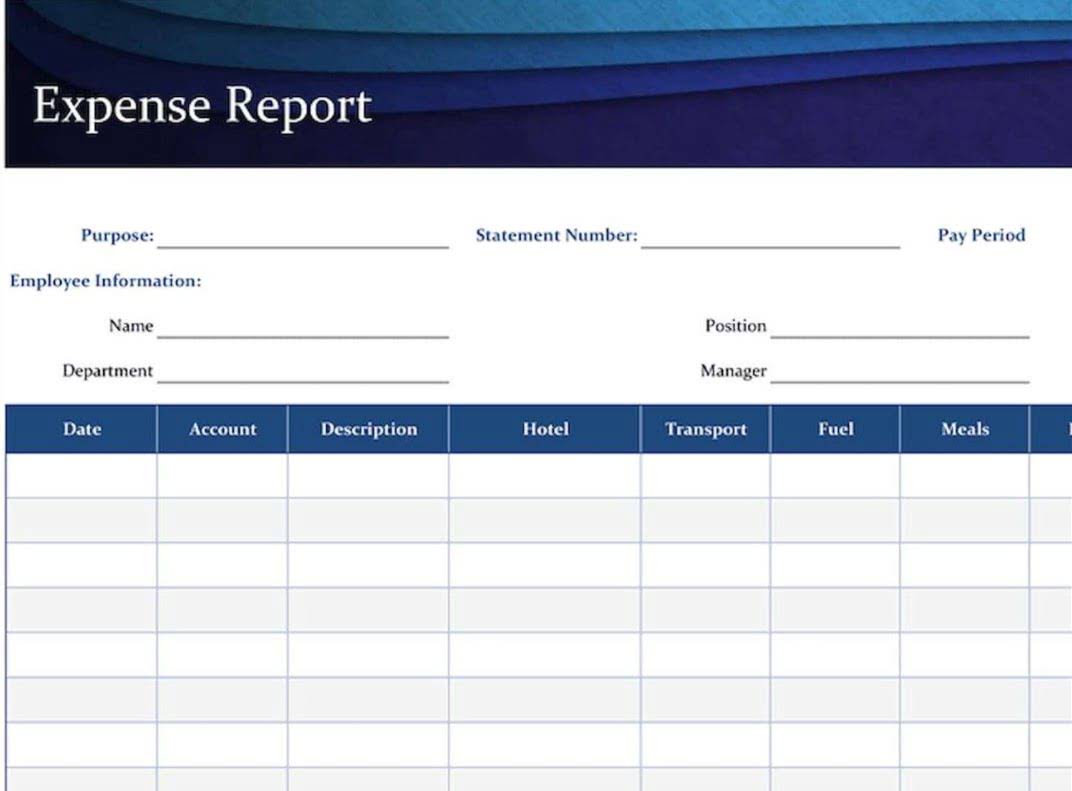
In conclusion, the adoption of modern Multi-Entity Accounting tools and software is not just a technological upgrade; it is a strategic move for organisations navigating the complexities of managing diverse entities. From addressing challenges to unlocking a plethora of benefits, embracing a robust Multi-Entity Accounting system is a proactive step toward financial efficiency and organisational growth. It is a testament to the adaptability and foresight required to thrive in today’s intricate business environment. In the intricate web of business operations, trial balance scenarios often arise that demand the implementation of Multi-Entity Accounting practices. As organisations grow and expand globally, establishing subsidiaries or branches in different countries becomes a strategic move. However, this geographical diversity introduces challenges such as varying currencies, tax regulations, and reporting requirements.
Finance
This could be used for a multi-location business where users processing orders would be restricted to seeing only the transactions for their assigned location. In dimensional accounting, each company has its own unique combination of dimension values. Since dimensional accounting uses account values that are assigned at the transaction level, you can be sure that each value is being allocated to the right entity. No, current QuickBooks Online Advanced users won’t have to move data from one program to the other. Intuit links the existing accounts on the back end using their unique identification numbers. There’s no additional work for QuickBooks Online Advanced customers—you won’t even have to reset integrations with third-party apps.

Real-life scenarios showcasing multi-entity accounting benefits

When mergers or acquisitions happen, systems are often different in the newly acquired or merged companies. Part of the M&A integration process is converting the new business entities, if possible, to multi-entity accounting software. Using multi-entity accounting, the company automated tax calculations and streamlined multi-currency transactions, ensuring compliance with local regulations. The system reduced manual work by 200 hours annually and cut tax filing errors by 25%. With these efficiencies, the company redirected resources to high-growth markets and improved funding allocations for product development and customer acquisition, fueling global expansion. These solutions directly address some of the challenges that multi-entity businesses struggle with, like adhering to various accounting standards, tax reporting requirements, and multiple currencies.
ACCOUNTING FOR MULTIPLE ENTITIES, WITHOUT MULTIPLYING EFFORT

Often members and association organizations with more than one entity have separate accounting teams. Since each entity functions independently of one another, each accounting and finance team adopts its own set of standard policies and procedures. Bank reconciliations and balance sheet reconciliations take up a significant percentage of the finance team’s work hours in a multi-entity organization. A great deal of time during the reconciliation process is spent researching variances and correcting errors. As reconciliations are completed at month-end, accountants struggle to find answers to questions about variances that stem from transactions that may be up to a month old.
The Walt Disney Company
Make faster and smarter spending decisions thanks to real-time spend data and save time and resources by automating tedious manual work. When you have to make difficult decisions on whether to take a leap or play it safe, you’ll make better choices when you have a clear real-time picture of your finances. This makes it difficult for CFOs and CEOs to have an up-to-date understanding of their business and make strategic decisions about the future.
Get Accurate and Consolidated Reporting
- As a QuickBooks customer, you previously needed a different software license for each company you set up.
- Discover how essential workplace tools embedded in our cloud accounting software can empower and motivate your accounting team, leading to greater efficiency.
- Operating across borders introduces diverse tax regimes, each with unique compliance requirements and implications for financial reporting.
- Enhanced search capabilities and efficient report generation further distinguish Sage Intacct.
Transfer pricing regulations, particularly those outlined by the what is multi entity accounting OECD, require intercompany charges to align with the arm’s length principle. Allocations must mirror what independent enterprises would negotiate in similar circumstances. Non-compliance can result in significant penalties, emphasizing the importance of comprehensive documentation and justification for allocation methodologies.
- Whether you’re working with domestic or international clients, paying freelancers or suppliers, or…
- Compliance is a formidable challenge, as entities may operate under different regulatory frameworks.
- You may overcome challenges in producing precise and comprehensive reports and financial data for your company with the help of this programme.
- Marriott International is a prime illustration of a multi-entity organization, showcasing the intricacies of managing a vast network of subsidiaries under one overarching brand.
Unravelling Tax Relief Challenges
For multi-entity organizations, it is important to have centralized consolidation accounting software system with access to real-time information. Many companies that streamline their multi-entity consolidations no longer rely on manual, error-prone spreadsheets, nor disparate data. By having continuous access into multiple entities within a single view, executives are empowered to make strategic, data-driving decisions to propel their business forward.
- With these efficiencies, the company redirected resources to high-growth markets and improved funding allocations for product development and customer acquisition, fueling global expansion.
- They will also help guide you and your team through onboarding to help ensure you’re set up for success.
- Gain an overarching view of financial performances across all entities, delivering insights necessary for informed decision-making.
- Enter multi-entity accounting – an essential financial approach for businesses with multiple entities across different locations.
Multi-entity accounting can be the keystone for effectively navigating the financial complexities of a large or growing corporation. Xledger’s sophisticated cloud finance management software provides unparalleled support for multi-entity accounting, aiding businesses in harnessing their full potential. This gives the parent company significant influence over the subsidiary’s operations and financial decisions. Despite its separate legal status, the subsidiary remains closely tied to the parent organization, contributing to its overall financial landscape. Managing the financial complexities can be daunting for organizations expanding beyond a single entity.
Intercompany Accounting
For instance, if a parent company sells goods to a subsidiary, the revenue and expense recorded in each entity’s books must be removed from the consolidated statements. Additionally, minority interests, representing the portion of equity in a subsidiary not attributable to the parent company, must be properly accounted for. This involves allocating a portion of the subsidiary’s net income and equity to minority shareholders, which is then presented separately. The process begins with aligning accounting policies across entities to ensure consistency in financial reporting. For example, if one subsidiary uses the straight-line method for depreciation while another uses an accelerated method, adjustments Bookkeeping for Consultants must be made to standardize these policies.
0 komentarzy